How Long Should Concrete Cure Before Polishing?
When it comes to transforming dull and lifeless concrete surfaces into gleaming works of art, Concrete Polishing is the way to go. Polished concrete can enhance the look and strength of various spaces, like homes, showrooms, and warehouses. However, the secret to achieving that glossy, mirror-like finish lies in a crucial step often overlooked – curing.
In this blog post, we’ll delve into the world of advanced Concrete Polishing and explore the importance of allowing your concrete to cure properly before you start the polishing process.
What is Concrete Polishing?
Before we dive into the specifics of curing, let’s get a clear understanding of what Concrete Polishing actually is. In essence, Concrete Polishing Melbourne service is a process that involves mechanically grinding, honing, and polishing concrete surfaces to achieve a desired finish. This can range from a low-gloss matte finish to a high-gloss, mirror-like shine. It’s a versatile solution that not only enhances the aesthetics of a space but also improves the concrete’s durability and resistance to wear and tear.
Why Is It Important to Cure Concrete?
Concrete Polishing is like icing on the cake, but the foundation for this artful transformation is proper curing. Curing means keeping the concrete moist, warm, and for enough time to get the right properties. Without adequate curing, your concrete surface may never reach its full potential in terms of strength and aesthetics.

Let’s explore the curing process and why it’s vital for your polished concrete.
The Curing Process
So, what exactly is concrete curing? Curing is when we keep the concrete hydrated. This helps it get stronger and last longer. It involves two key factors: moisture and time. Proper curing ensures that the concrete doesn’t dry out too quickly, which can lead to a weaker, less attractive surface.
Factors Affecting Curing Time
The duration of curing varies, and several factors come into play. Some of the key factors affecting curing time include:
- Type of concrete mix: Different concrete mixes require varying curing times.
- The climate and weather affect curing time greatly.
- Thickness of the concrete slab: Thicker slabs need more time for proper curing.
Optimal Curing Time for Concrete
Now that we know the basics of curing, let’s talk about how long concrete needs to cure before you can consider premier Concrete Polishing.
General Guidelines
As a rule of thumb, concrete needs at least 7 days of curing for it to reach a sufficient level of strength to support the polishing process. However, this is a general guideline, and the actual duration can vary based on the factors mentioned earlier.
Variations Based on Conditions
- Under the right conditions, if everything is favourable, you could start polishing in a week.
- In less-than-ideal conditions, especially with adverse weather, you might need to extend the curing period to 14 days or more.
Importance of Proper Curing Before Polishing
Now, you might be wondering why it’s so important to let your concrete cure before diving into Concrete Polishing. Well, there are a couple of critical reasons for this.
Impact on Surface Hardness
Curing plays a significant role in determining the final hardness of the concrete surface. If you hurry when letting concrete dry, it won’t become strong enough, making it soft and easily damaged. This means that it won’t be able to withstand the wear and tear of daily use, and the polishing process itself can cause surface defects.
Avoiding Surface Defects
One of the primary goals of Concrete Polishing Melbourne is to achieve a smooth and defect-free surface. If the concrete hasn’t cured properly, you may have problems like pinholes, cracks, and blemishes. These defects not only mar the aesthetics but can also compromise the structural integrity of the floor.
Factors Affecting Curing Time
As we mentioned earlier, the curing time isn’t set in stone and can vary depending on various factors. Let’s take a closer look at these variables and how they influence the duration of curing.
Type of Concrete Mix
The composition of the concrete mix plays a significant role in determining curing time. Some mixes have additives that accelerate the curing process, while others might require more time due to their specific properties.
Environmental Conditions
The environment in which the concrete is placed has a substantial impact on curing time. If it’s a hot and dry climate, the concrete can dry out too quickly if not properly protected, potentially leading to cracking. On the other hand, in cold and wet conditions, the curing process might take longer.
Thickness of Concrete Slab
Thicker concrete slabs take longer to cure, as the curing process needs to reach the concrete’s core. This is especially important to consider in large industrial or commercial projects where the slabs are exceptionally thick.
Techniques for Accelerated Curing
While waiting for the concrete to cure naturally is the safest option, there are techniques to accelerate the curing process if you’re in a hurry to start Concrete Polishing.
Using Concrete Curing Compounds
Curing compounds are liquid chemicals that are applied to the surface of the concrete after it’s poured. These compounds form a membrane that retains moisture within the concrete, speeding up the curing process. They are particularly useful in hot and dry conditions.
Applying Insulation Blankets
In cold weather, using insulation blankets can help retain heat, ensuring that the concrete maintains the necessary temperature for curing. These blankets are placed over the concrete slab and provide the required insulation.
Testing for Readiness
So, how do you know when your concrete is ready for Concrete Polishing? There are specific tests and methods to determine the concrete’s readiness, and these are crucial steps to ensure a successful polishing process.
Methods to Determine Concrete Readiness for Polishing
- Surface Hardness Test: This test involves using a Mohs hardness test kit to assess the surface hardness of the concrete. It should reach a certain level of hardness before you can start polishing.
- Moisture Testing: Moisture content is a critical factor. Excessive moisture can cause issues during polishing, so moisture tests are conducted to ensure the concrete is sufficiently dry.
Importance of Moisture Testing
Moisture testing is important. It helps prevent issues like efflorescence, where powdery deposits form on concrete due to too much moisture. This condition not only affects the aesthetics but can also lead to long-term durability problems.
Final Thoughts and Recommendations
In the world of Concrete Polishing, patience is indeed a virtue. If you rush the curing process, it can cause many problems. These problems can impact the quality and durability of your polished concrete. To ensure your investment in concrete polishing pays off, it’s crucial to give the curing process the time it needs. The general guidelines are helpful, but always remember that individual projects may require different approaches.
The quality of the Concrete Polishing Melbourne depends on how well it’s cured. This applies to all types of projects.
If you want the best results for polishing your concrete, ask Total Floor Services for help. We have a proven track record of delivering top-notch concrete polishing solutions that stand the test of time.
If you want a shiny concrete floor, contact our experts at Total Floor Services. We’re here to help!


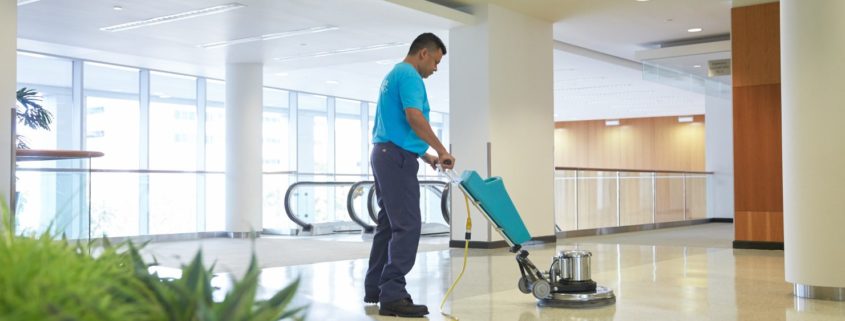
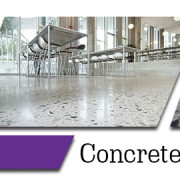

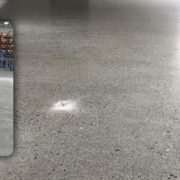

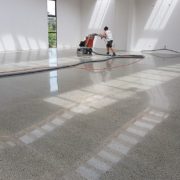

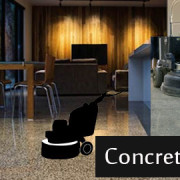
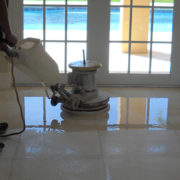
 Address:
Address:  Phone:
Phone:  ABN: 63 602 512 489
ABN: 63 602 512 489




